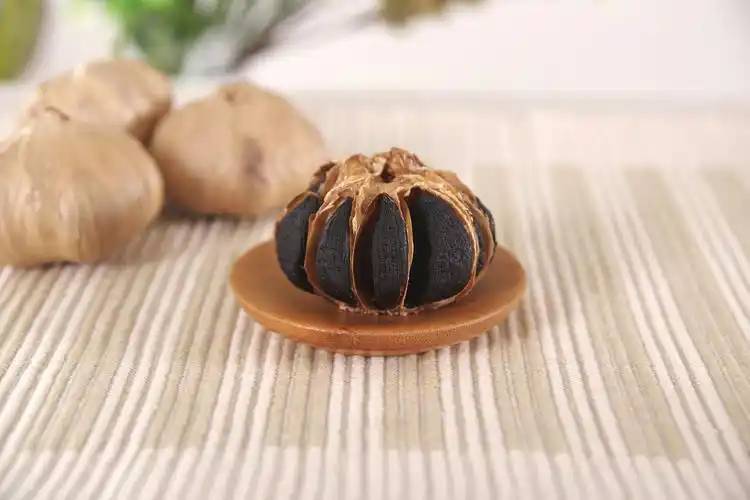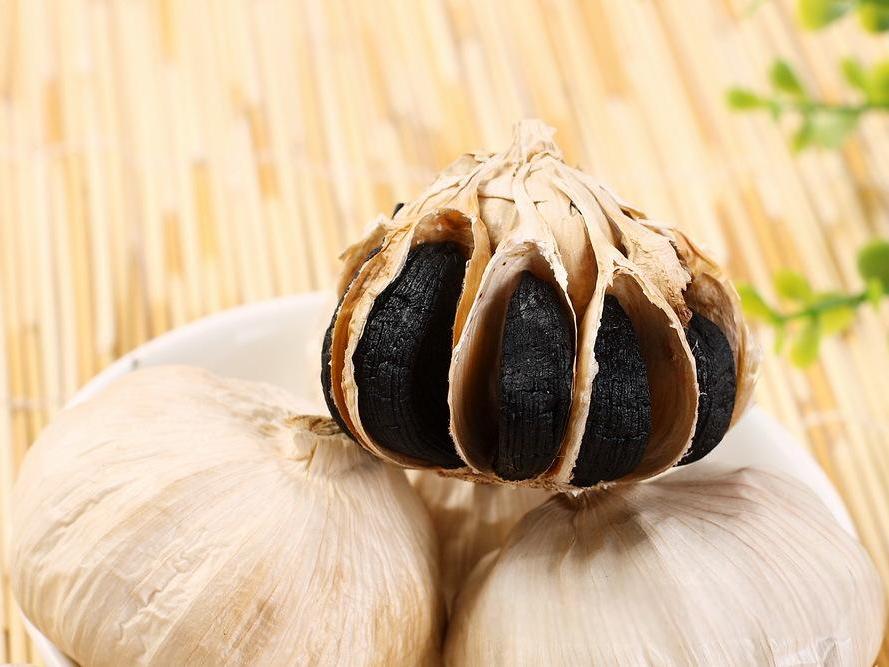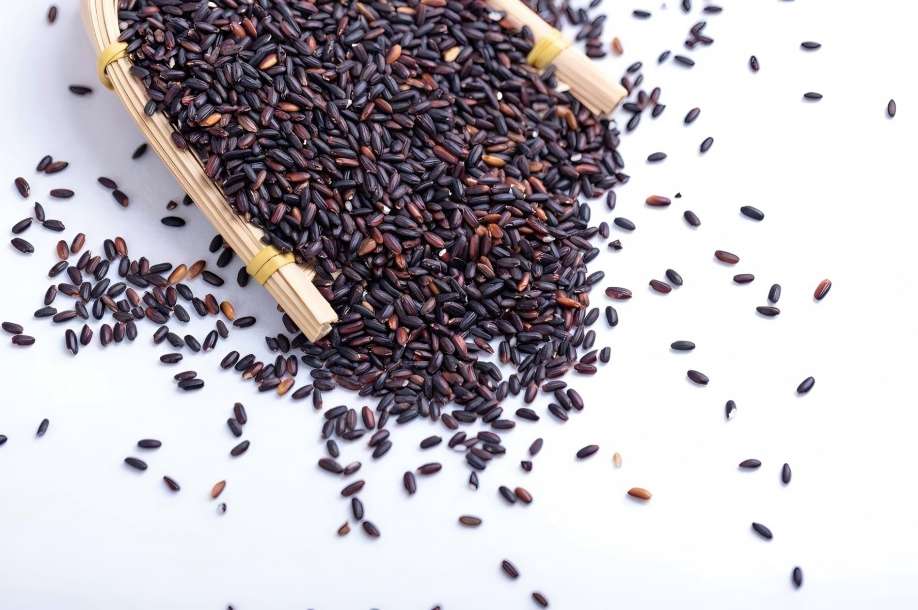Study of Black Rice Extract Benefits for Hyperlipemia
Black rice is black due to its high content of anthocyanins. Xia et al. [1] and Ling et al. [2] [3] found through animal experimental research that dietary black rice can reduce the blood lipid level of experimental animals, inhibit the occurrence and development of atherosclerosis, and speculate that this effect is related to anthocyanins in the seed coat. In addition, the free radical scavenging and antioxidant effects of black rice extract have been confirmed in some in vitro chemical simulation experiments [4] [5] [6] [7]. However, there is still little research on the main active ingredients of black rice extract and its physiological activity in the body.
This paper studies Black Rice Extract Benefits for hyperlipemia rats and analyzes the composition and content of anthocyanins and fatty acids. It was inferred that the anthocyanosides and unsaturated fatty acids in black rice extracts are the important material basis for the antioxidant and lipid-lowering effects of black rice.
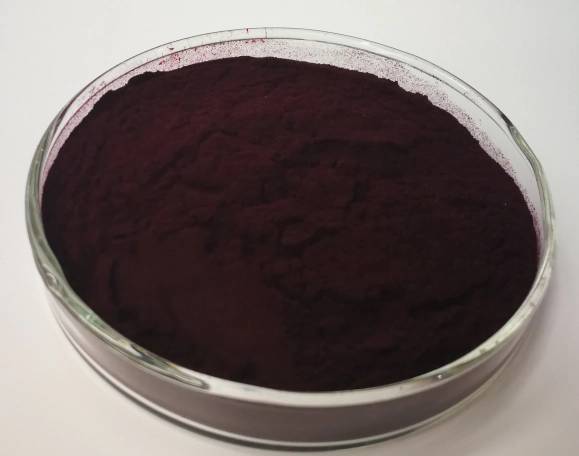
Ⅰ.Materials and Methods
1.1 Experimental Materials
1.1.1 Reagents and Instruments
Total antioxidant capacity (TAC), glutathione peroxidase (GSH-Px) activity, malondialdehyde (MDA) content and superoxide dismutase (SOD) activity were provided by Nanjing Jianjian Bioengineering Research Institute; total cholesterol (TC) and triglycerides (TG) were provided by Beijing Zhongsheng Bioengineering Hi-Technology Company; LDL-C and HDL-C were provided by Wenzhou East Biological Engineering Company. The total cholesterol (TC) and triglyceride (TG) kits were provided by Beijing Zhongsheng Bioengineering Hi-Tech Company; the low-density lipoprotein cholesterol (LDL-C) and high-density lipoprotein cholesterol (HDL-C) kits were provided by Wenzhou East Biological Engineering Company. All other chemical reagents used in the analysis were domestic analytical pure.
1.1.2 Preparation of Black Rice Extracts
The black rice variety was "Longjin 1" cultivated by the Rice Research Institute of Jilin Academy of Agricultural Sciences and provided by the Biotechnology Research Institute of Guangdong Academy of Agricultural Sciences. Fresh black rice of "Longjin 1" (40 mesh) was extracted with 60% ethanol as solvent at 50 °C and concentrated under reduced pressure to obtain a dark red syrupy black rice peel extract.
The Preparation of Black Rice Extracts was dissolved in distilled water and prepared into 5%, 10% and 20% solutions, which were used as gavage materials for the three BRPE test groups of low, medium and high, and stored at 4 ℃, and used within 2 weeks after preparation.
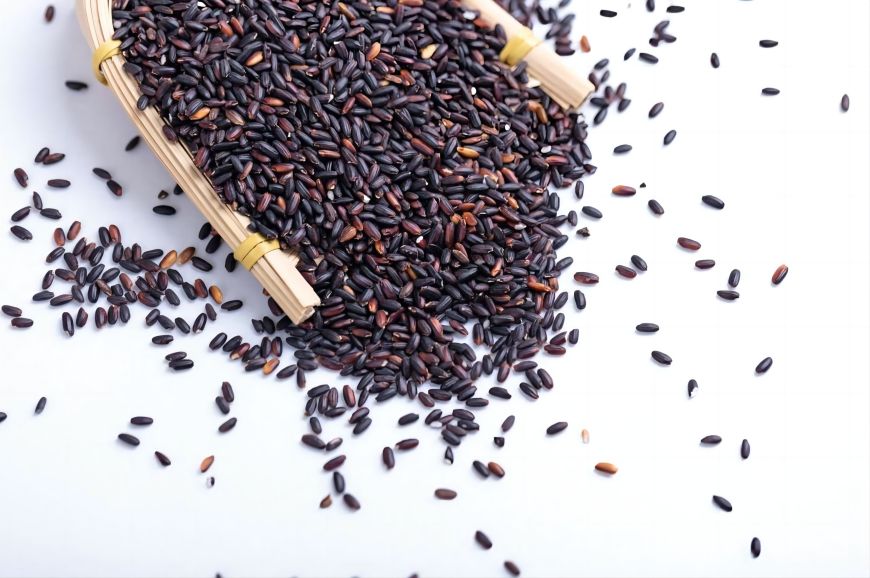
1.1.3 Experimental Animals and Groups
Sixty clean-grade male SD rats, weighing 160±20 g, were provided by the Laboratory Animal Center of Guangzhou University of Traditional Chinese Medicine. The animals were fed with normal feed for 1 week to acclimatize to the environment, and then blood was collected from the orbital vein plexus. According to the level of total cholesterol, the animals were randomly divided into 5 groups: a control group, a model group, and 3 experimental groups of low, medium, and high doses of BRPE, with 12 rats in each group, and were fed with different feeds according to the design of the experiment, and then entered into the experimental period.
1.2 Animal Feeding and Handling
Animal feeding was completed in the clean animal laboratory of Guangzhou University of Traditional Chinese Medicine. All groups of rats were housed in separate cages according to groups, except for the control group which was fed with a basal diet, the other 4 groups were fed with high fat diet (containing 85% basal diet, 10% egg yolk powder, 5% lard, 0.5% sodium cholate). During the experimental period, the control group and the model group were given 1ml/100g body weight of saline by gavage every day, and the 5%, 10%, and 20% BRPE groups were given 1ml/100g body weight of 5%, 10% and 20% BRPE, respectively, and were fed and watered ad libitum, and the amount of food consumed was recorded every 3 days. The experimental period was 8 weeks. After the experiment, the animals were fasted for 8 h, the eyes were removed to collect blood and separate the serum, which was divided and stored at -20℃ for future use. The animals were killed by the cervical dislocation method, and the livers were separated and stored at -20℃.
1.3 Detection Indexes and Methods
1.3.1 Determination of blood lipid level TC, HDL-C, and TG by CHOD-PAP enzyme method. LDL-C is measured by the direct method, 7060 automatic biochemical analyzers.
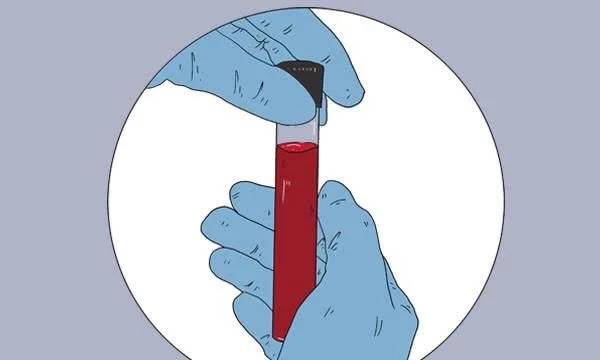
1.3.2 Isolation, Purification, And Oxidation of Plasma LDL.
Plasma LDL was separated by density gradient centrifugation, and the LDL protein content was measured by Lowry's method. The LDL protein content was measured by Lowry's method, and the oxidative modification of LDL was performed by Cu2+ oxidation [8]. The purity and oxidation degree of LDL were determined by agarose gel electrophoresis, and the degree of LDL modification was measured by relative electrophoretic mobility (REM). The electrophoretic results showed that the REM of ox-LDL was 1.4.
1.3.3 Determination of Anti-ox-LDL Antibody Titer in Rat Serum
According to the instructions of the Protein DetectroTM ELISA Kit, the concentration of prepared ox-LDL and natural LDL was diluted to 10 µg protein with 1× coating solution. The prepared ox-LDL and natural LDL concentrations are diluted to 10 µg protein-ml-1 with 1× Coating Solution and incubated in the plate overnight at 4°C. The plate is washed 3 times with Wash Solution and then added to the plate with 100 µg protein-ml-1. The plate is washed 3 times with wash buffer, then secondary antibody solution diluted 1:500 with 100 µl of 1×BSA Diluent/Blocking Solution is added and incubated for 1 h at room temperature.
After thorough washing, 100 µl of substrate solution was added and the reaction was terminated by adding 100 µl of reaction termination solution after 30 min and read at 405 nm on an enzyme meter. The titer of anti-ox-LDL antibody in serum is expressed as the absorbance value of ox-LDL minus the absorbance value of LDL [9].
1.3.4 Preparation of Liver Tissue Homogenate and Determination of Protein Content
Take liver tissue and rinse it in cold saline, remove the blood, wipe it dry with filter paper, weigh it, use sterilized saline as a homogenizing medium, make 10% liver homogenate (w﹕v) at 4℃, centrifuge it at 4℃ for 15 min at 3,000g, take the supernatant into portions, store it at -20℃ and reserve it for use, and then determine the protein content with Bradford's method.
1.3.5 Determination of Serum and Liver Total Antioxidant Capacity (TAC), SOD, GSH-Px Activity and MDA Content
TAC, SOD, GSH-Px enzyme activity, and MDA were measured spectrophotometrically according to the instructions of the kit.
1.3.6 Determination of Anthocyanin Content in Extracts
The four anthocyanosides, namely, cornflowerin-3-glucoside, cornflowerin-3,5-diglucoside, geraniolin-3,5-diglucoside and mallowin, which were purified independently and identified to meet the chromatographic purity standard were used as standards[7], and then determined by HPLC method.
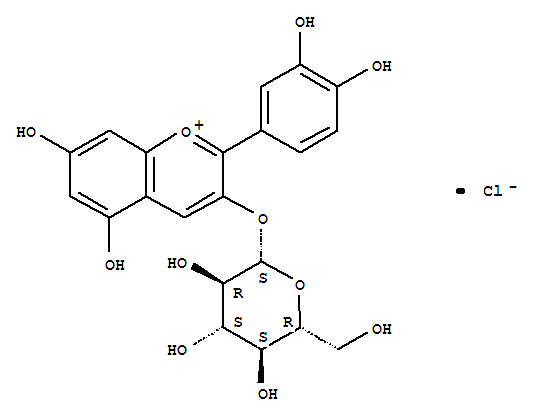
1.3.7 Determination of Fatty Acid Content in Extracts Fatty Acid Content Is Analyzed by Gas Chromatography-Mass Spectrometry (GC-MS).
1.4 Data Processing and Statistical Analysis
SPSS 10.0 software package was used for statistical analysis. Homogeneity of variances was tested for the means of multiple groups; if the variances were not homogeneous, one-way ANOVA was performed after the variables were exchanged to achieve homogeneity; the LSD method was used for the two-by-two comparisons between groups.
Ⅱ. Results and Analysis
2.1 Effects of Black Rice Peel Extract on Blood Lipids in Hyperlipidemic Rats
Table 1 lists the lipid levels of rats in each group, from which it can be seen that compared with the model group, the serum TC and TG levels of the three BRPE groups were significantly reduced (P<0.05), and the 20% BRPE group was close to or even lower than that of the control group, with a certain dose-effect relationship among the three dosage groups, and the HDL-C content of the three BRPE groups was significantly higher than that of the model group (P<0.05). HDL-C levels in all three BRPE groups were significantly higher than those in the model group (P<0.05). 10% and 20% BRPE were also able to reduce LDL-C levels (P<0.05), while 5% BRPE had no significant effect (P>0.05).
Table 1 Effect of Black Rice Extract on Blood Lipid Levels in Rats (mmol·L-1, x±s, n=12)

CG =Control group ,MG = Model group
Values in the column without a common superscript letter are significantly different, P<0.05. The same as below.
2.2 Effects of Black Rice Extract on Atherosclerotic Index of Hyperlipidemic Rats
The atherosclerotic index (AI) is a parameter that integrates several indicators of blood lipids to reflect the risk of atherosclerosis (AS), and an increase in AI suggests an increase in the likelihood of AS. Table 2 shows that the AI1 and AI2 values of the three dose groups were significantly lower than those of the model group (P< 0.05), and there was a dose-effect relationship among the three groups.
Table 2 Effect of Black Rice Extract on Atherosclerosis Index in Rats (x±s,n =12)
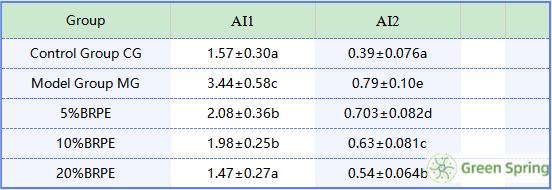
AI1 =(TC-HDL-C)/HDL-C ,AI2 = LDL-C/HDL-C
2.3 Antioxidant Effect of Black Rice Extract on Hyperlipidemic Rats
2.3.1Total Antioxidant Capacity
The serum and liver TAC of rats in the model group were lower than those of the control group when hyperlipidemia developed. The intake of BRPE enhanced the TAC in rats, among which, the low dose of BRPE tended to increase the liver TAC, but the difference was not significant (P>0.05), but the serum TAC of the animals in this group was significantly enhanced compared with that of the model control group (P<0.05). 10% and 20% BRPE significantly enhanced the serum and liver TAC, among which, the serum TAC level of the 20% BRPE group was higher than that of the control group. The 10% and 20% BRPE significantly enhanced serum and liver TAC, with the 20% BRPE group having higher serum TAC levels than the control group (P<0.05).
Table 3 The Effect of Black Rice Extract on the Total Antioxidant Capacity of Serum and Liver in Rats (x±s, n =12)

2.3.2 Antioxidant Enzyme Activity and Lipid Peroxidation Product Content
Long-term intake of high-fat diets increased the blood lipid level of rats, decreased the activities of GSH-Px and SOD, and significantly increased the content of lipid peroxidation products (MDA) (P<0.05). The intake of BRPE enhanced the activity of antioxidant enzymes and showed a certain quantitative effect relationship (P<0.05). Accordingly, the MDA content of rats in the three dose groups was significantly lower than that of the model group (P<0.05), showing a significant quantitative effect relationship (Table 4).
Table 4 Effects of Black Rice Extract on Antioxidant Enzyme Activity and Malondialdehyde Content in Serum and Liver of Rats(x±s, n =12)

2.3.3 Anti-ox-LDL Antibody Level
Ox-LDL can stimulate the body to produce antibodies, and its antibody level can reflect the production of ox-LDL to a certain extent. As shown in Table 5, along with the increase of LDL-C level, the level of anti-ox-LDL antibody in the model group was significantly higher than that in the control group (P<0.05), and the intake of BRPE significantly reduced the production of anti-ox-LDL antibody (P<0.05), which showed a dose-dependent relationship.
Table 5 Effect of Black Rice Extract on Serum Anti Ox-Ldl Antibody Levels in Rats (x±s, n =12)
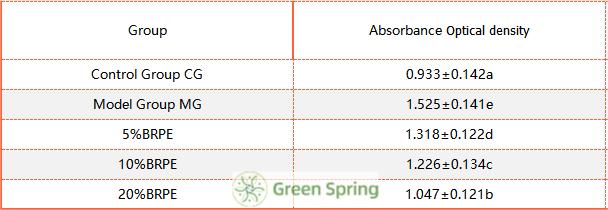
Table 6 Anthocyanin Content of Black Rice Extract

2.4 Component Analysis of Black Rice Extract
2.4.1 Anthocyanin Content
Four anthocyanins, namely cyanidin-3-glucoside, cyanidin-3, 5-diglucoside, geranium-3,5-diglucoside, and malachitin, were detected in black rice extract. Among them, cyanidin-3-glucoside had the highest content, followed by cyanidin-3, 5-diglucoside, and malachitin had the lowest content. As shown in Table 6, the total content of the four anthocyanins was 43.43 g/100g.
2.4.2 Fatty Acid Content
The composition of fatty acids in black rice extract has high unsaturated characteristics. Among the 14 detected fatty acids, 6 are unsaturated fatty acids, accounting for 87.66% of the total fatty acids. The highest proportion of fatty acids are oleic acid and linoleic acid (Table 7).
Table 7 Fatty Acid Contents of Black Rice Extract
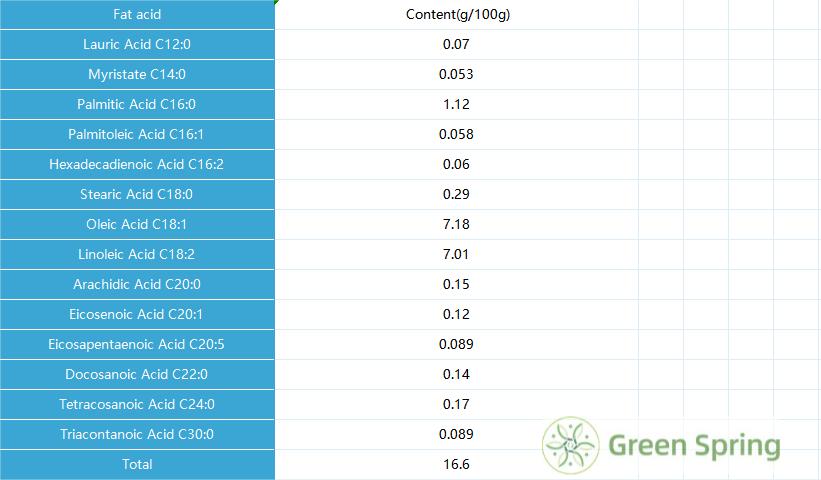
Ⅲ. Discussion
3.1 Effect of Black Rice Extract on Lipid Metabolism and Anti-Oxidative Stress Levels in Organisms
Hyperlipidemia is an independent risk factor for AS. Increased levels of lipids, especially LDL-C, are directly related to the development of AS, and HDL-C has a certain anti-AS effect due to its promotion of cholesterol reverse transporter and antioxidant activity[10]. Therefore, the value of (TC-HDL)/HDL can reflect the risk of AS to a certain extent [11].
In the present study, the intake of black rice extract was found to reduce serum TC, TG, and LDL-C levels and increase HDL-C levels in high-fat chow-fed rats, thus improving lipid metabolism and decreasing the risk of AS, with a significant quantitative dependence on the effect of intake. Studies have shown that hyperlipidemia is a major inducer of oxidative stress[12], and free radicals generated by oxidative stress further oxidize and modify LDL to form ox-LDL, which exerts a strong AS-causing effect by inducing endothelial dysfunction, promoting the phagocytosis of lipids by monocytes to form foam cells, and facilitating the synthesis and secretion of a large number of cytokines and adhesion molecules by vascular cells[13].
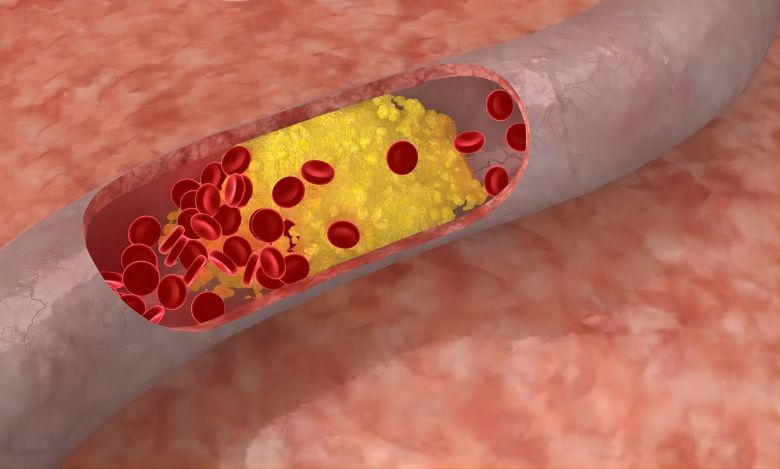
In the present study, ox-LDL production was significantly reduced in rats consuming the black rice extract, thereby reducing its damaging effects on blood vessels. The decrease in ox-LDL production may be attributed to the reduction of LDL in rats by black rice peel extract, and to the enhancement of antioxidant enzymes, which scavenge the overproduced reactive oxygen radicals in the body and prevent the oxidative modification of LDL.
3.2 Antihyperlipidemic and Antioxidant Effects of Black Rice Peel Extracts
In the present study, it was found that black rice extract could improve lipid metabolism, enhance the activity of antioxidant enzymes and reduce the formation of lipid peroxidation products, thus possessing antioxidant and hypolipidemic biological activities. This result is consistent with the effects of black rice or black rice peel found by Xia et al [1] and Ling et al [2] [3].
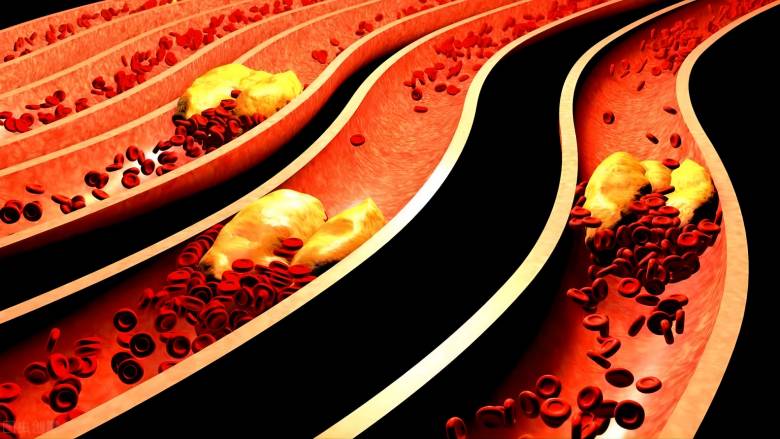
In the present study, the black rice peel extract obtained by ethanol extraction was rich in black rice pigments and rice bran oil, and it has been confirmed that anthocyanosides are the main components of black rice pigments [14][15]. The anthocyanosides and rice bran oil have received much attention because of their active physiological functions. Therefore, the present study focused on the composition and content of anthocyanosides and fatty acids in black rice extract. The results showed that the extract contained 43.43% of anthocyanosides such as cornflower-3-glucoside and 14.5% of unsaturated fatty acids such as linoleic acid.
Studies on the antioxidant activity of anthocyanosides have been widely reported, and Kano [16] et al. demonstrated that anthocyanosides contained in purple sweet potato have antioxidant activity both in vivo and in vitro. Sun Ling [7] et al. and Zhang Mingwei [6] et al. found that the in vitro antioxidant activity of different black rice varieties showed a highly significant positive correlation with the total anthocyanin content of their seed coat (P < 0.01), suggesting that the antioxidant effects of black rice or its extracts are closely related to anthocyanin compounds. Therefore, anthocyanosides may be the main active substances in the antioxidant effect of black rice extracts.
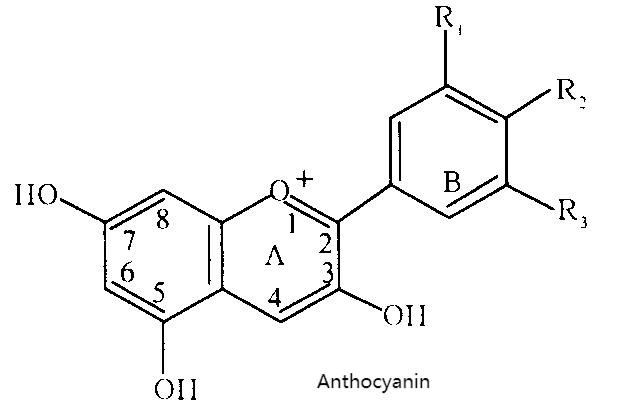
The unsaturated fatty acids oleic acid and linoleic acid rich in black rice skin extract belong to the n-6 series of unsaturated fatty acids. Medical nutrition studies have shown that n-3 and n-6 series of unsaturated fatty acids play an important role in reducing blood TC and improving lipid metabolism. Allman-F et al. found that sunflower seed oil rich in oleic acid in the diet can reduce blood TC and LDL levels.
There is currently relatively little research on the effect of anthocyanins on blood lipid metabolism. Takanori et al. [18] added purple corn pigment rich in cyanidin-3-glucoside to a high-fat diet and fed mice for 12 weeks. They found that compared to giving high-fat diet alone, the serum TG content of mice was significantly reduced. Yamakoshi [19] and others found that feeding rabbits with procyanidins, the prerequisite of anthocyanins, can reduce the level of LDL in rabbit blood and reduce the formation of atherosclerotic plaque. Based on the research results, it is speculated that anthocyanins and unsaturated fatty acids may be the main active substances in black rice extracts that exert antioxidant and lipid-lowering effects.
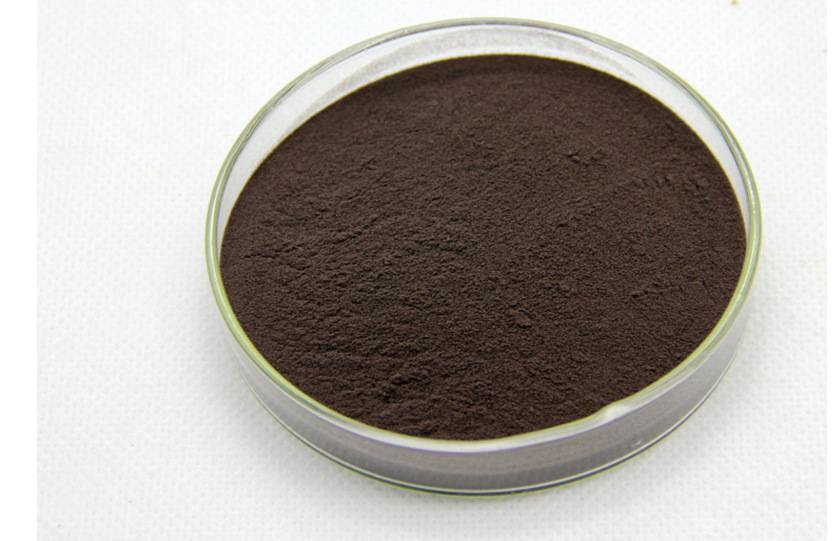
Ⅳ. Conclusion
In this study, the main components of black rice extract were analyzed and found to contain 43.43% anthocyanosides such as cornflower-3-glucoside, and 16.6% of fatty acids, of which 87.66% were unsaturated fatty acids. The administration of different doses of black rice extract can reduce the blood lipid level of hyperlipidemic rats and improve oxidative stress in the body. It was inferred that the anthocyanosides and unsaturated fatty acids in black rice extracts were the important material basis for the antioxidant and lipid-lowering effects of black rice.
Reference
[1] Xia M, Ling W H, Ma J, Kitts D D, Zawistowski J. Supplementation of diets with the black rice pigment fraction attenuates atherosclerotic plaque formation in apolipoprotein e deficient mice. Journal of Nutrition, 2003,133: 744-751.
[2] Wen H L, Cheng Q X, Ma J, Wang T. Red and black rice decrease atherosclerotic plaque formation and increase antioxidant status in rabbits. Journal of Nutrition, 2001, 131: 1421-1426.
[3] Ling W H, Wang L L, Ma J. Supplementation of the black rice outer fraction to rabbits decreases atherosclerotic plaque formation and increases antioxidant status. Journal of Nutrition, 2002, 132 (1):20-26.
[4] Zhang M W, Guo B J, Chi J W, Wei Z C, Xu Z H, Zhang R F. Nutrients and antioxidation of black rice pericarp and the preservation effects of processing techniques. Transactions of the CSAE, 2004, 20(6): 165-169.
[5] Sun L, Zhang M W, Chi J W, Lai L Z, Zhang X Q. The antioxidation activity of black rice and its correlation with flavonoids and pigment. Acta Nutrimenta Sinica, 2000, 22: 246-249.
[6] Zhang M W, Guo B J, Chi J W, Wei Z C, Xu Z H, Zhang Y, Zhang R F. Antioxidations and their correlations with total flavonid and anthocyanin contents in different black rice varieties. Scientia Agricultura Sinica, 2005, 38: 1324-1331.
[7] Zhang M W, Guo B J, Zhang R F, Chi J W, Wei Z C, Xu Z H, Zhang Y. Seperation, purification and identification of antioxidant compositions in black rice. Scientia Agricultura Sinica, 2006, 39: 153-160.
[8] Wang X, Greilberger J, Ledinski G, Kager G, Jurgens G. Binding and uptake of differently oxidized low density lipoprotein in mouse peritoneal macrophages and THP 1macrophages: involvement of negative charges as well as oxidation specific epitopes. Journal of Cellular Biochemistry, 2001, 81: 557-569.
[9] Shaish A, George J, Gilburd B, Keren P, Levkovitz H, Harats D. Dietary beta-carotene and alpha-tocopherol combination does not inhibit atherogenesis in an apoE deficient mouse model. Arteriosclerosis, Thrombosis, and Vascular Biology, 1999, 19: 1470-1475.
[10] Mendez A J, Oram J F. Limited proteolysis of high density lipoprotein abolishes its interaction with cell-surface binding sites that promote cholesterol efflux. Biochimeca et Biophysica Acta, 1997,1346: 285-299.
[11] Fukushima M, Ohashi T, Sekikawa M, Nakano M. Comparative hypocholesterolemic effects of five animal oils in cholesterol-fed rats. Bioscience Biotechnology and Biochemistry, 1999, 63 (1):202-205.
[12] Yamaguchi Y, Matsuno S, Kagota S, Haginaka J, Kunitomo M. Fluvastatin reduces modification of low-density lipoprotein in hyperlipidemic rabbit loaded with oxidative stress. European Journal of Pharmacology, 2002, 436: 97-105.
[13] Kaplan M, Aviram M. Oxidized low density lipoprotein: atherogenic and proinflammatory characteristics during macrophage foam cell formation. An inhibitory role for nutritional antioxidants and serum paraoxonase. Clinical Chemistry and Laboratory Medicine, 1999, 37:777-787.
[14] Xu J, Lin Z M. Purification and structure identification of skin components in Guizhou black glutious rice grains. Journal of Chinese Cereals and Oils Association, 2003, 18(2): 9-13.
[15] Zhong L Y. Analysis of molecular structure of black rice pigment. Journal of Chinese Cereals and Oils Association, 1996, 11(6): 26-35.
[16] Kano M, Takayanagi T, Harada K, Makino K, Ishikawa F. Antioxidative activity of anthocyanins from purple sweet potato, Ipomoera batatas cultivar Ayamurasaki. Bioscience, Biotechnology, and Biochemistry, 2005, 69: 979-988.
[17] Allman-Farinelli M A, Gomes K, Favaloro E J, Petocz P. A Diet Rich in High-Oleic-Acid Sunflower Oil Favorably Alters Low-Density Lipoprotein Cholesterol, Triglycerides, and Factor VII Coagulant Activity. Journal of the American Dietetic Association, 2005, 105:1071-1079.
[18] Tsuda T, Horio F, Uchida K, Aoki H, Osawa T. Dietary cyanidin 3-O-beta-D-glucoside-rich purple corn color prevents obesity and ameliorates hyperglycemia in mice. Journal of Nutrition, 2003, 133:2125-2130.
[19] Yamakoshi J, Kataoka S, Koga T, Ariga T. Proanthocyanidin-rich extract from grape seeds attenuates the development of aortic atherosclerosis in cholesterol-fed rabbits. Atherosclerosis, 1999, 142(1): 139-149.


 English
English French
French Spanish
Spanish Russian
Russian Korean
Korean Japanese
Japanese
